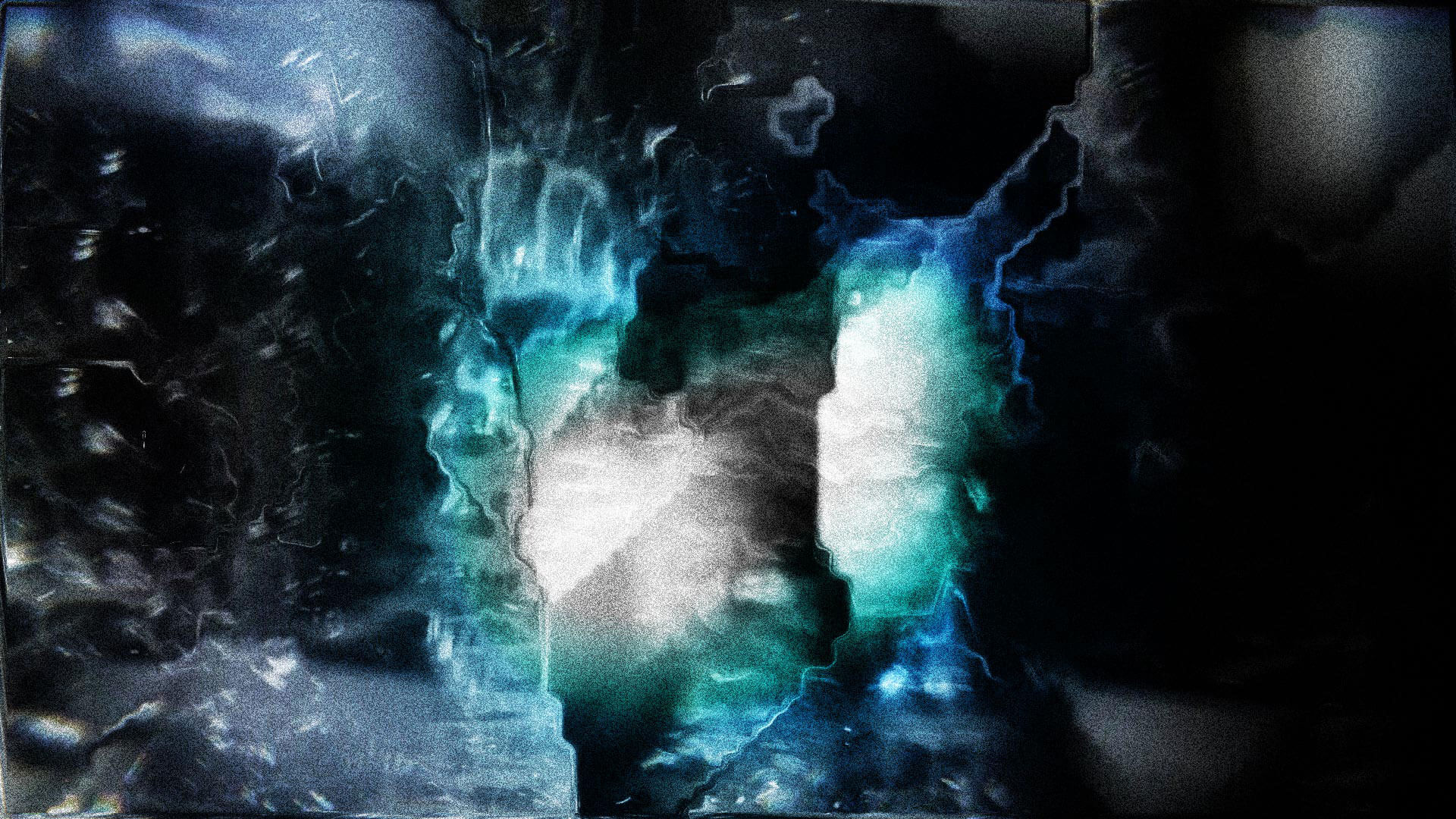

Historically, this has included anything from special pots that drip water continuously for bathing rituals that Hindus routinely perform for their deity icons, called abhisheka, to wind-powered Buddhist prayer wheels – the kinds often seen in yoga studios and supply stores. Ritual automation, or at least the idea of robotic spiritual practice, isn’t new in South Asian religions.

My work also looks at the uneasiness Hindus and Buddhists express about ritual-performing automatons replacing people and whether those automatons actually might make better devotees. My current work on religious robots primarily centers on the notion of “ divine object-persons,” where otherwise inanimate things are viewed as having a living, conscious essence. Some devotees and priests feel that this represents a new horizon in human innovation that will lead to the betterment of society, while others worry that using robots to replace practitioners is a bad omen for the future.Īs an anthropologist who specializes in religion, however, I focus less on the theology of robotics and more on what people actually say and do when it comes to their spiritual practices. Yet this kind of religious robotic usage has led to increasing debates about the use of AI and robotic technology in devotion and worship. Robotic rituals even now include an animatronic temple elephant in Kerala on India’s southern coast. This particular robot was unveiled at the Ganpati festival, a yearly gathering of millions of people in which an icon of Ganesha, the elephant-headed god, is taken out in a procession and immersed in the Mula-Mutha river in Pune in central India.Įver since, that robotic aarti arm has inspired several prototypes, a few of which continue to regularly perform the ritual across India today, along with a variety of other religious robots throughout East Asia and South Asia.

In 2017, a technology firm in India introduced a robotic arm to perform “aarti,” a ritual in which a devotee offers an oil lamp to the deity to symbolize the removal of darkness. Robots are being brought into Hinduism’s holiest rituals – and not all worshippers are happy about it. It isn’t just artists and teachers who are losing sleep over advances in automation and artificial intelligence.


 0 kommentar(er)
0 kommentar(er)
